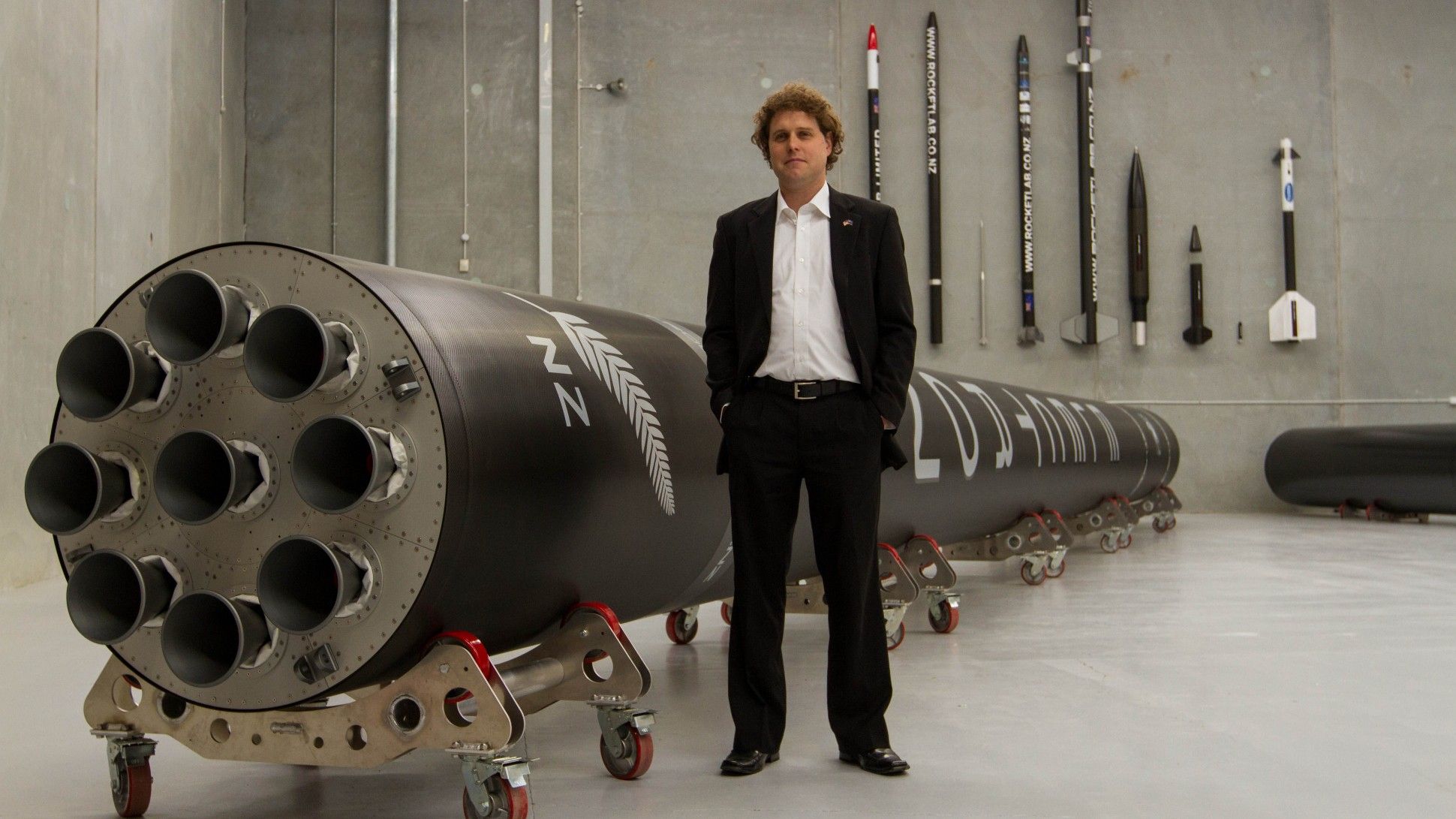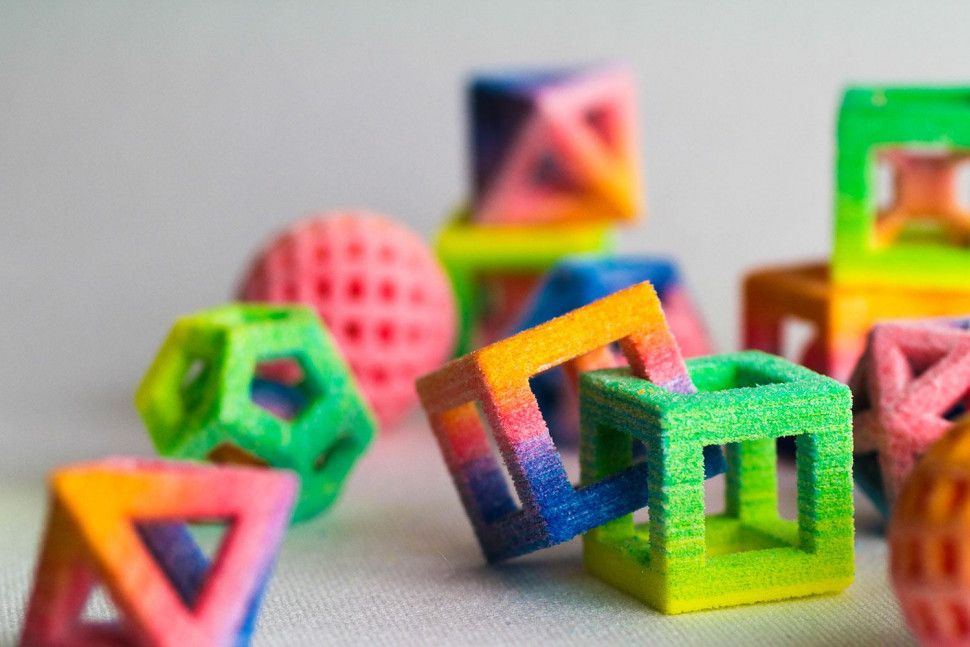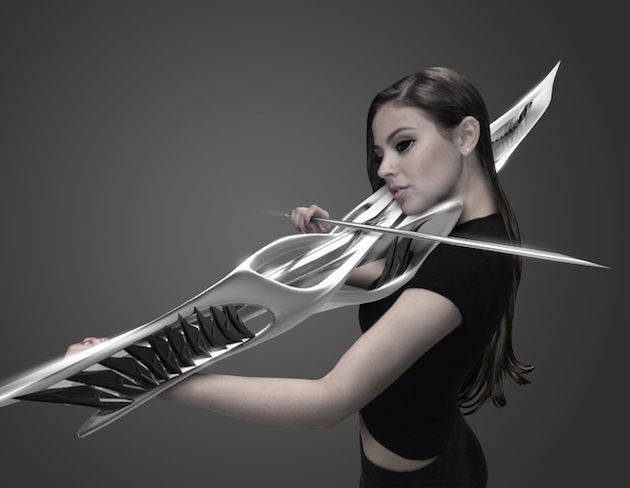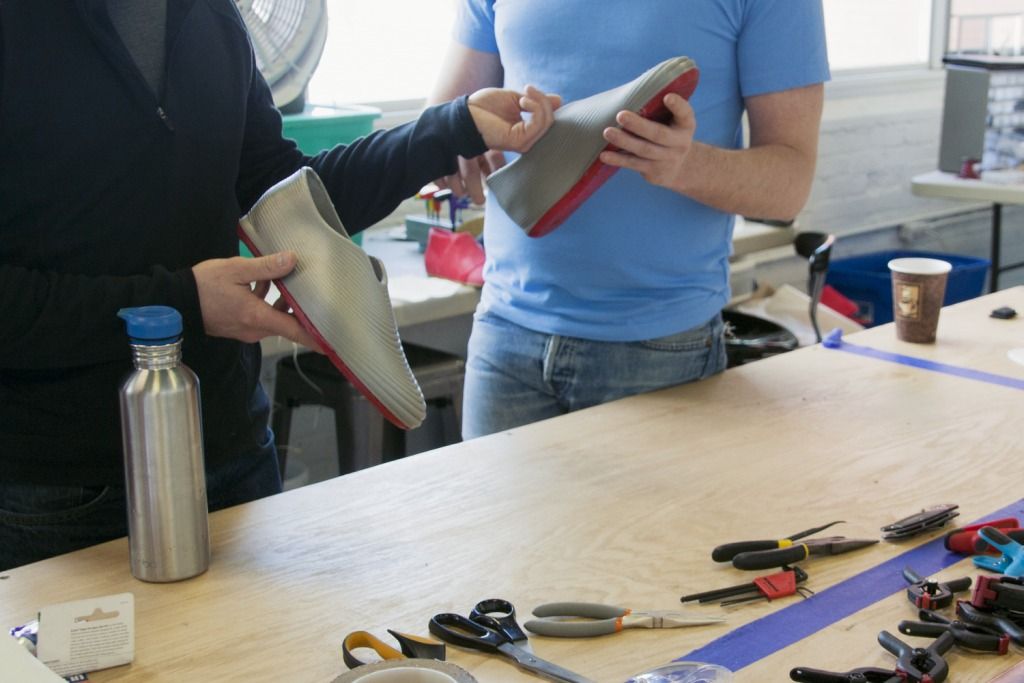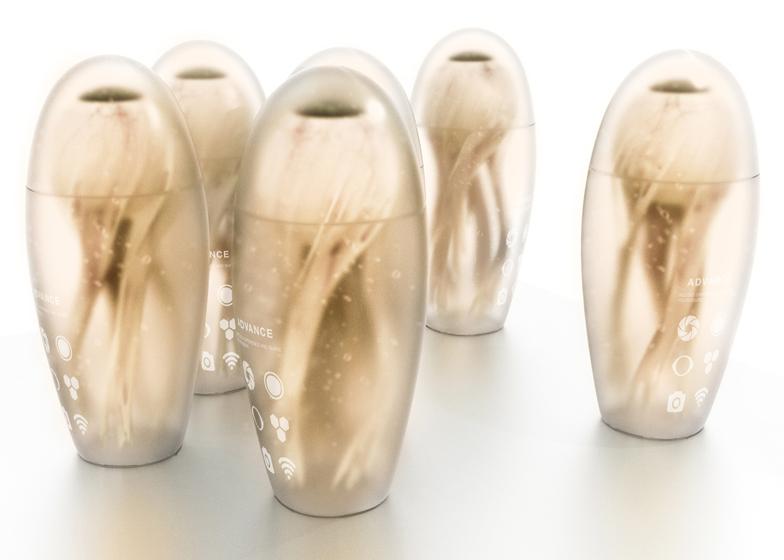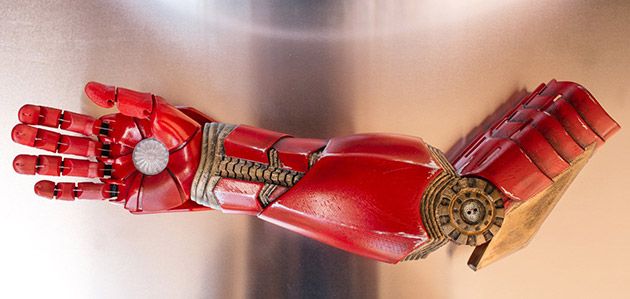Companies looking to launch satellites into space typically spend anywhere from $10–50 million per launch but thanks to 3D printing, those costs are set to drop in a big way.
For $4.9 million, businesses can use RocketLab to send small satellites into orbit. The firm’s engine, called the Rutherford, is powered by an electric motor and is the first oxygen and hydrocarbon engine to use 3D printing for all its primary components. The New Zealand company is set to begin test flights this year and aims to launch weekly commercial operations next year. Read more
